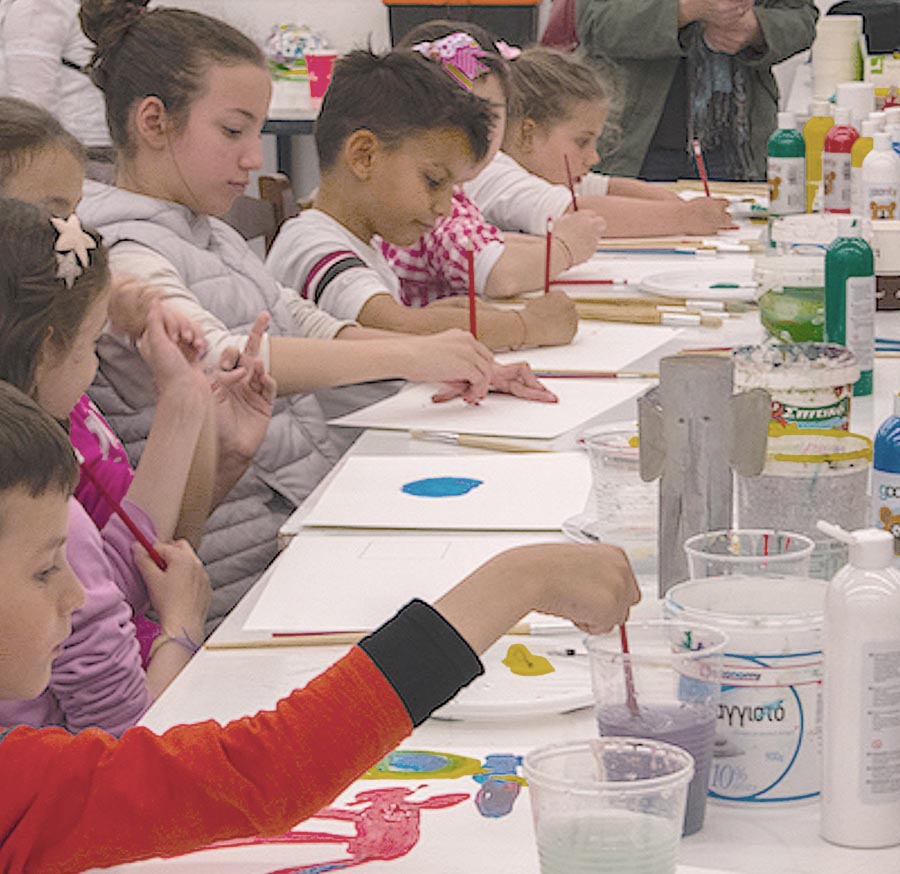ART EDUCATION ΙΙ (GROUP A) – TEACHING PRACTICUM IN PRIMARY/SECONDARY SCHOOLS

ART EDUCATION ΙΙ (GROUP A) – TEACHING PRACTICUM IN PRIMARY/SECONDARY SCHOOLS
Course description
In this course, students gain hands-on experience with various methods of art creation, tools, and media appropriate for differentiated learning in secondary education. They develop and critically evaluate educational resources and methodological tools, including visual, oral, and written teaching materials and techniques. Additionally, students engage in the study and practice of cultural responsiveness with diverse populations at this educational level.
The course emphasises the integration of theory and practice, lesson planning, pedagogy, and the social role of education, focusing on a socio-emotional approach to teaching and learning through art. Through research and critical study of postmodern approaches, the pedagogy of visual and material culture, multicultural and intercultural education, and teaching practices focused on social equity, students are provided with the opportunity to connect theoretical frameworks with educational practice. As part of the Practicum, students undertake direct observation and supervised participation with diverse population groups in primary and secondary school settings, completing at least 16 hours of practical experience.
Furthermore, the course aims to introduce students to the concept of lifelong learning and to foster acquaintance with educational and social institutions and organisations. This exposure helps students understand the potential role of Art in Education in achieving various pedagogical and social objectives. Students will explore concepts and environments including interculturality, immigrant populations, vulnerable groups, special education, sexual education, health education, hospital schooling, at-risk patients, chronic illness, elderly care facilities, community centres, museum education and museums, prison education, juvenile detention centers, creative recreational spaces, summer camps, among others.
An additional objective is to investigate and strengthen the relationship between art, technology, and education through analysing the integration of creative and emerging technologies in Art Education. This includes defining practices, themes, and potentials related to these technologies. Particular emphasis is placed on students’ practical experience incorporating creative technologies into the curriculum, creating expressive digital art, and developing audiovisual and effective digital tools and materials for classroom use. Students are encouraged to work innovatively, employing creative materials and digital technologies, and to integrate these with interdisciplinary, collaborative, and playful pedagogical methods.
Finally, the course seeks to familiarise students with Museum Education and to provide practical training through visual arts workshops and didactic techniques tailored for secondary education. It also includes experiential workshops focusing on techniques for resolving interpersonal conflicts in student relationships.

